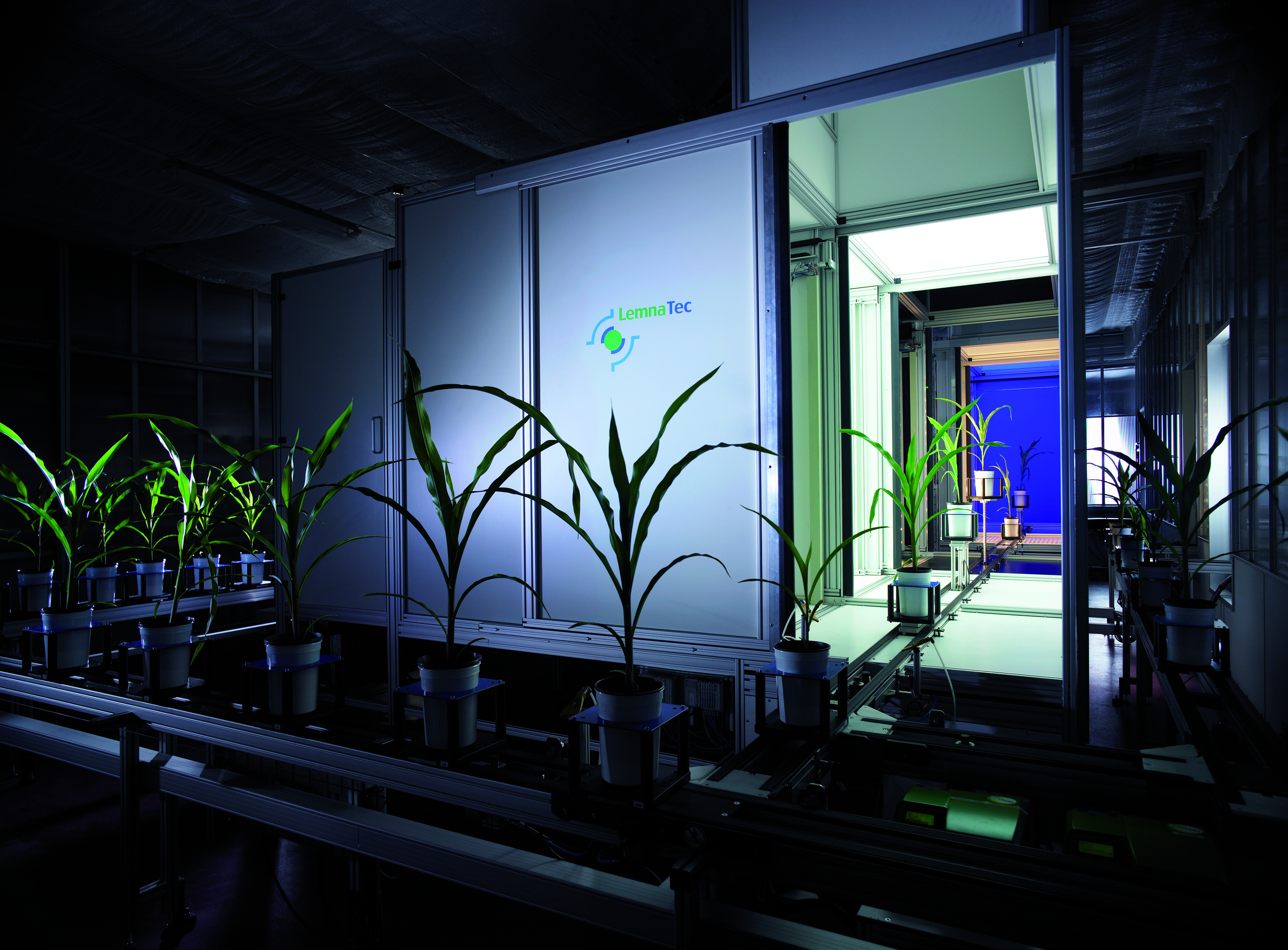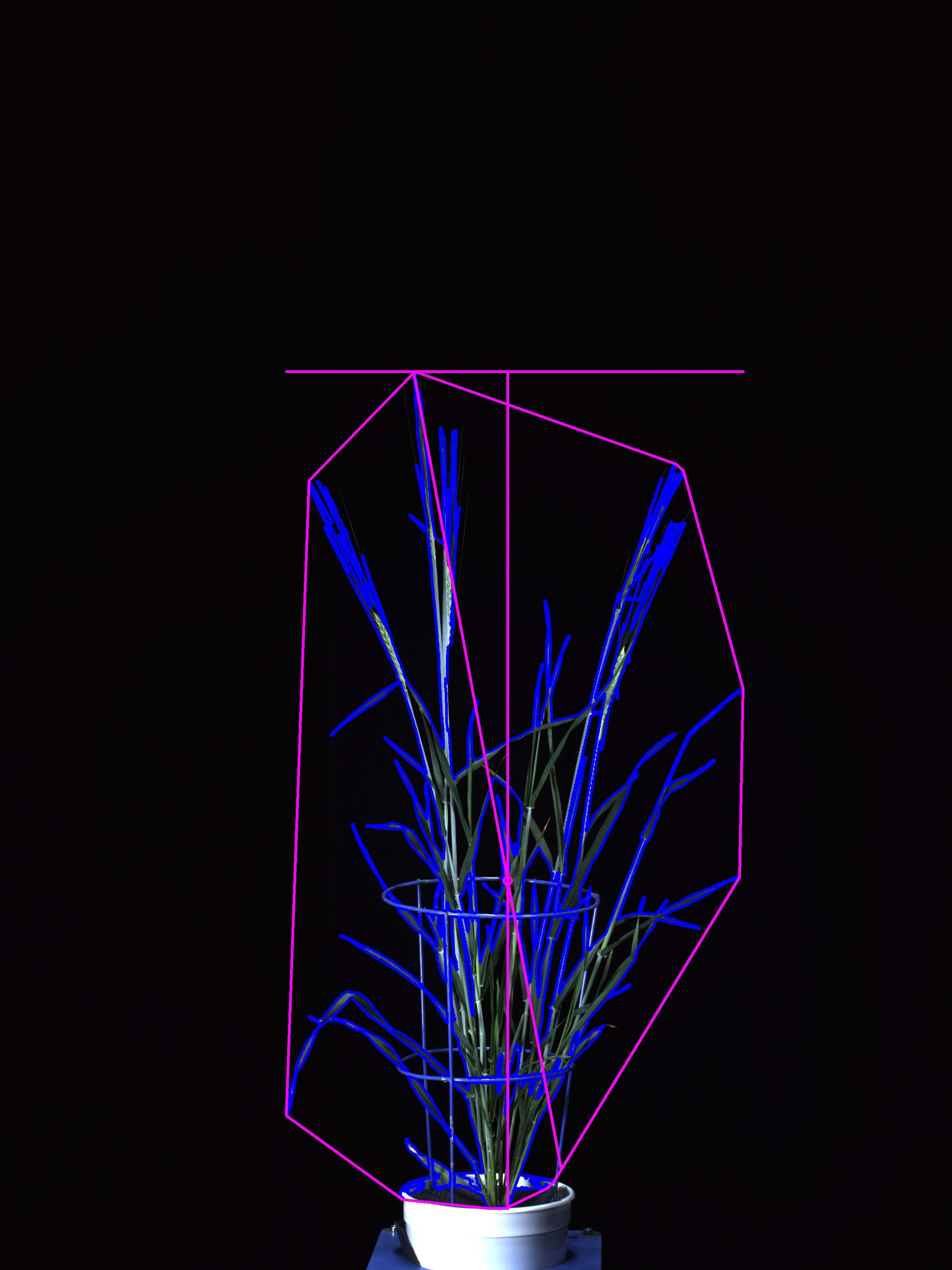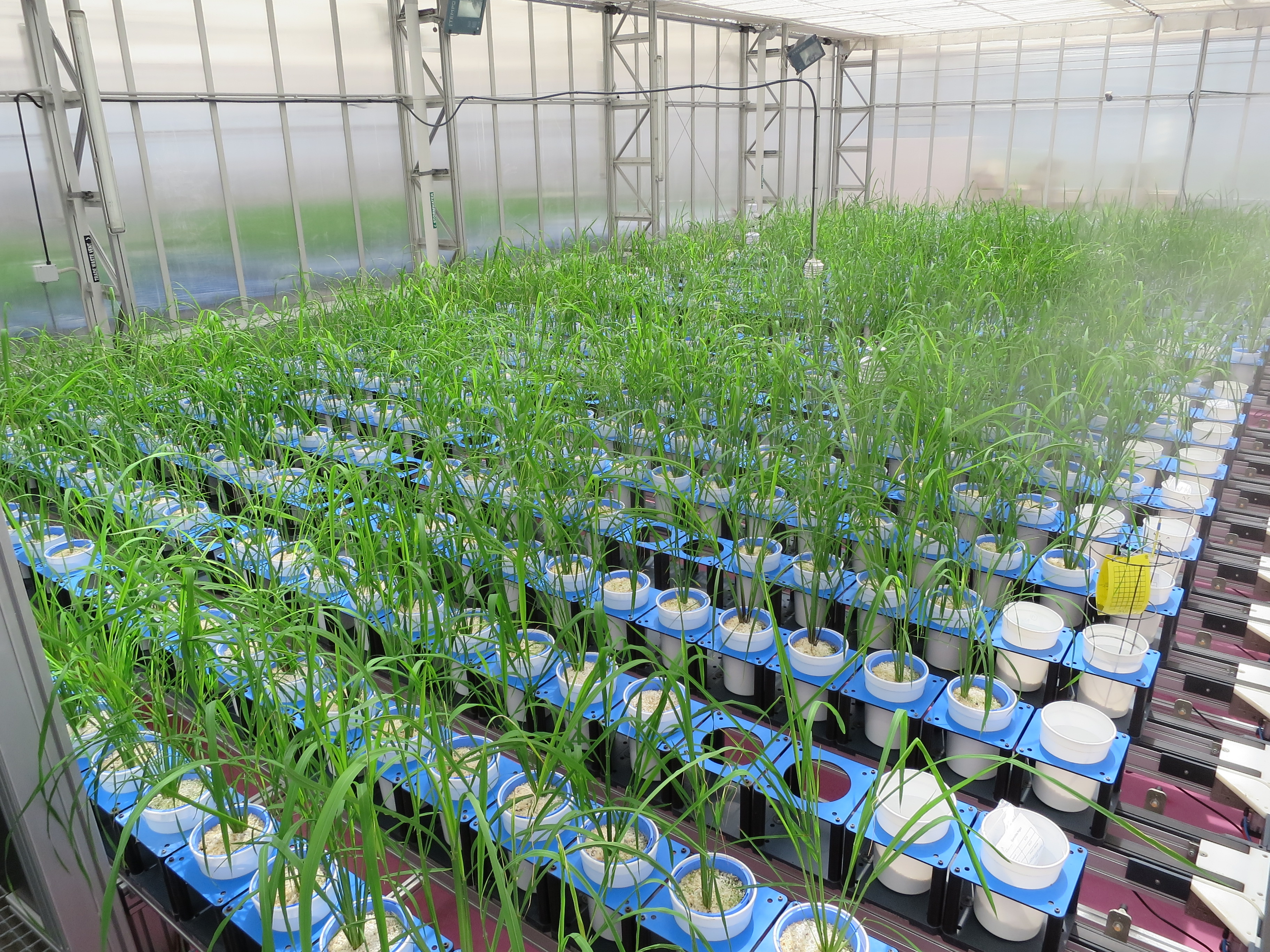APPF Infrastructure
The APPF makes use of Pawsey resources as our primary IT infrastructure. We run multiple web applications for data management and analysis of plant phenotyping raw (image) data on Nimbus. In addition, our data is archived on Pawsey's Data Portal.
Area of science

Systems used
Nimbus and Managed Storage
Applications used
Python, PostgreSQL, web servers (apache/httpd/tomcat etc.)The Challenge
Declining arable land and the challenges of climate variation are leading to food shortages
The Solution
Research at the APPF is leading to the development of new and improved crops, healthier food and more sustainable agricultural practices.
The Outcome
We provide state-of-the-art plant phenotyping tools and expertise to enable academic and commercial plant scientists, from Australia and around the world, to address complex problems in plant and agricultural science. Pawsey enables us to actually run these tools at scale and leverage our expertise.

List of Publications
Brien, C.J. (2019) Multiphase experiments with at least one later laboratory phase. II. Nonorthogonal designs. Australian & New Zealand Journal of Statistics, 61, 10.1111/anzs.12260.
Bruning, B., Liu, H., Brien, C., Berger, B., Lewis, M. and Garnett, T. (2019) The Development of Hyperspectral Distribution Maps to Predict the Content and Distribution of Nitrogen and Water in Wheat (Triticum aestivum). Frontiers in Plant Science, 10, 10.3389/fpls.2019.01380.
Cousins, O.H., Garnett, T.P., Rasmussen, A., Mooney, S.J., Smernik, R.J., Brien, C.J. and Cavagnaro, T.R. (2019) Variable water cycles have a greater impact on wheat growth and soil nitrogen response than constant watering. Plant Science, https://doi.org/10.1016/j.plantsci.2019.05.009.
Pham, A.-T., Maurer, A., Pillen, K., Brien, C., Dowling, K., Berger, B., Eglinton, J.K. and March, T.J. (2019) Genome-wide association of barley plant growth under drought stress using a nested association mapping population. BMC Plant Biology, 19, 10.1186/s12870-019-1723-0.
Rahimi Eichi, V., Okamato, M., Haefele, S.M., Jewell, N., Brien, C., Garnett, T. and Langridge, P. (2019) Understanding the Interactions between Biomass, Grain Production and Grain Protein Content in High and Low Protein Wheat Genotypes under Controlled Environments. Agronomy, 9.
Riley, R.C., Cavagnaro, T.R., Brien, C., Smith, F.A., Smith, S.E., Berger, B., Garnett, T., Stonor, R., Schilling, R.K., Chen, Z.-H. and Powell, J.R. (2019) Resource allocation to growth or luxury consumption drives mycorrhizal responses. Ecology Letters, 0, 10.1111/ele.13353.
Ward, B., Brien, C., Oakey, H., Pearson, A., Negrão, S., Schilling, R.K., Taylor, J., Jarvis, D., Timmins, A., Roy, S.J., Tester, M., Berger, B. and van den Hengel, A. (2019) High-throughput 3D modelling to dissect the genetic control of leaf elongation in barley (Hordeum vulgare). The Plant Journal, 0, doi:10.1111/tpj.14225.
Watts-Williams, S.J., Jewell, N., Brien, C., Berger, B., Garnett, T. and Cavagnaro, T.R. (2019) Using High-Throughput Phenotyping to Explore Growth Responses to Mycorrhizal Fungi and Zinc in Three Plant Species. Plant Phenomics, 2019, 10.1155/2019/5893953







